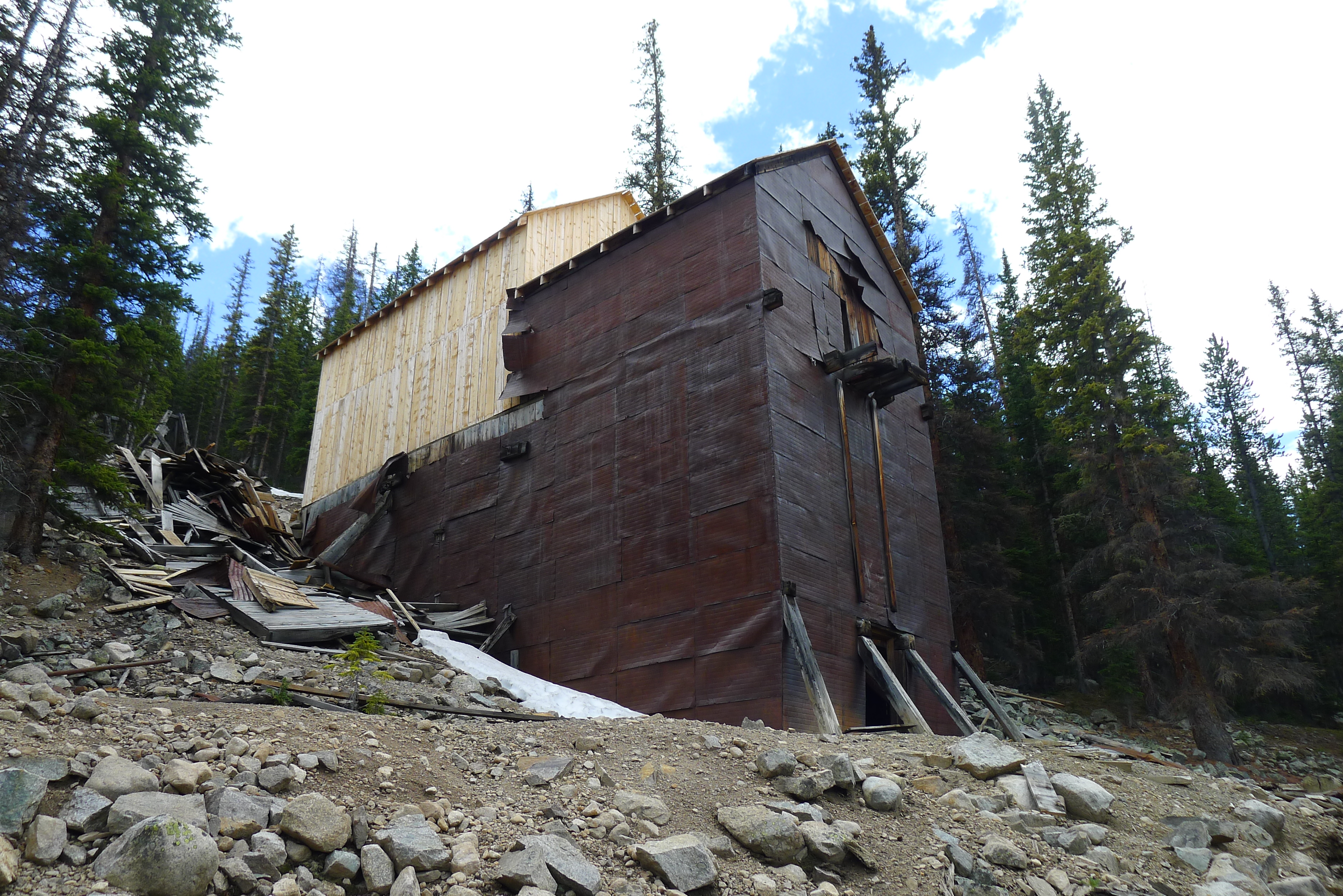National and State Register
Mary Murphy Tramway Romley Terminal
Chaffee County
The Mary Murphy began like many other mines in the Colorado Rocky Mountains. During the early 1870s, scattered gold and silver discoveries on the west side of the Arkansas River valley drew prospectors into the Collegiate Peaks. Such prospectors included John Royal, Abner E. Wright, and a third individual who headed up the Chalk Creek drainage in 1873. There they found a mineralized vein that carried gold, silver, and industrial metals, and the party claimed it as the Mary Murphy.
The Romley Terminal is a component of a tramway built midway during the Mary Murphy Mine’s life. The tramway was built ca. 1891, making it among the earlier systems in central Colorado. Mines such as the Lady Murphy, Iron Chest, and other tunnels amid the Mary Murphy all had tramways crisscrossing to shipping stations, the mill at Romley, and the second-generation Mary Murphy Mill near St. Elmo. The Romley Terminal building played a fundamental role in the success of the Mary Murphy Mine and is a rare, surviving example of a bottom terminal for a Hallidie tramway system. This technology allowed mining companies to develop inaccessible veins that would have been otherwise unprofitable.

